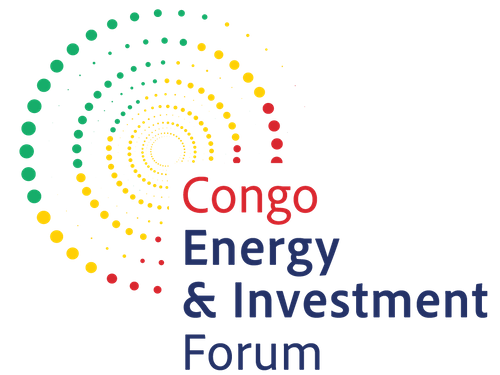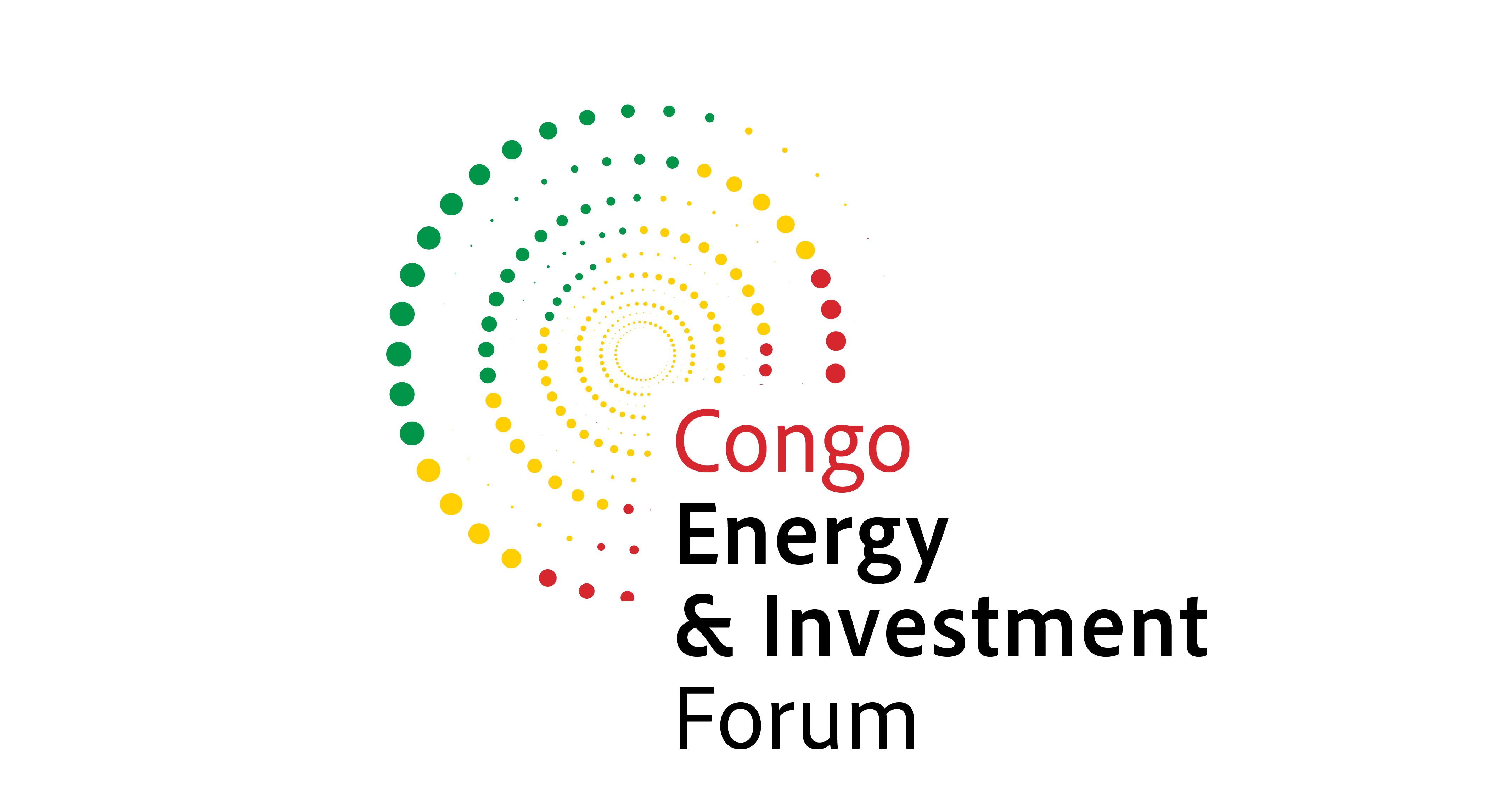Congo’s Refinery Modernization Set for 2025-2026 Launch
)
The second phase of the Congolaise de Raffinage (CORAF) refinery modernization is set to commence between 2025 and 2026, with completion anticipated within five years. This initiative aims to enhance the refinery’s capacity and align its product quality with evolving environmental standards. Energy Capital & Power (ECP) recently interviewed Patrice Koffi Yao, Deputy Director General at CORAF, to discuss these developments and their implications for Congo’s energy sector.
What is the progress on constructing the new 5000 m3 storage tank? How will it help reduce fuel shortages in Congo?
Two tanks were built in 2015 and put into service in 2016. In addition, we are planning a new 5,000 m3 tank with contracts prepared and work set to begin soon. These tanks mainly provide operational flexibility at CORAF. While they do not directly eliminate fuel shortages, in exceptional cases, imported products can be stored if the main storage facility, SLO, lacks capacity. The construction will take about a year, so it should be completed by 2026 or 2027.
What measures are CORAF taking to increase production capacity and modernize its facilities?
CORAF had not undergone major modernization since 1982, but in 2015, we launched phase 1 of a remodeling project, increasing raw oil processing capacity by 50%. Our system is now fully automated. However, to further increase production, a modern refinery requires a second phase: a conversion unit to transform heavier fuel into lighter products. We are working with SOCAR, an Azerbaijani partner, to explore this. Such projects typically take five to six years, aiming for completion by 2030. If all goes well, work could start in early 2025.
How does CORAF ensure the reliability of its facilities?
Our refinery is highly reliable, operating for 360 out of 365 days in 2024. This is due to strong maintenance and security protocols. We have identified 16 priority projects for further improvements, some requiring minor funding while others involve significant investment. SOCAR is also providing technical assistance to optimize production.
How can CORAF maximize its production capacity?
In 2015, we increased our processing capacity, but the key challenge now is securing enough crude oil. In 2023, we processed nearly 1 million tons, close to our full capacity. To cover 85% of the national market, we need consistent crude oil deliveries. If we receive four shipments per month, we can maintain a high utilization rate.
Is CORAF looking to diversify crude oil supply sources?
Yes, we are working closely with SNPC [Société Nationale des Pétroles du Congo] to ensure a steady supply. If state-provided crude oil is insufficient, we may explore agreements with other producers. However, importing crude oil is not cost-effective due to freight and import duties. Our priority is refining locally produced crude oil.
The government aims to double crude oil production in the coming years. How will this impact CORAF?
Increased national production would give us more flexibility and ensure a steady supply, allowing us to optimize operations and better meet market demand.


